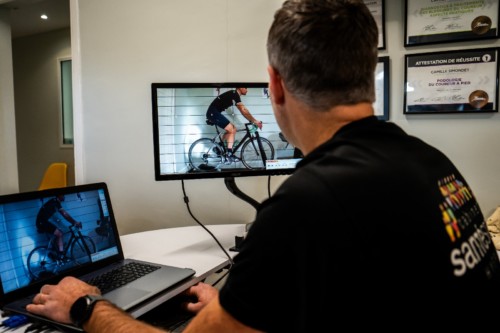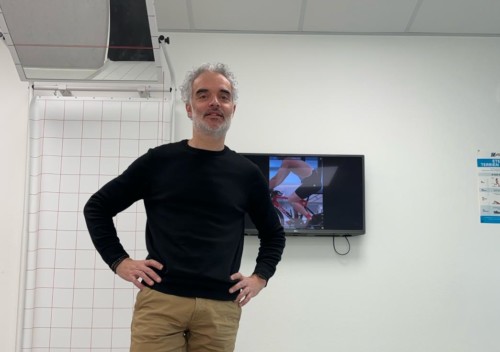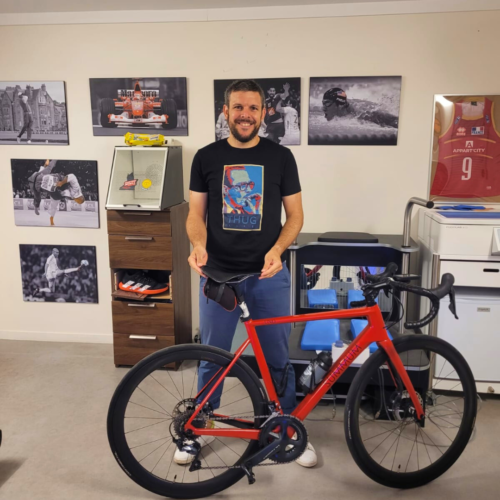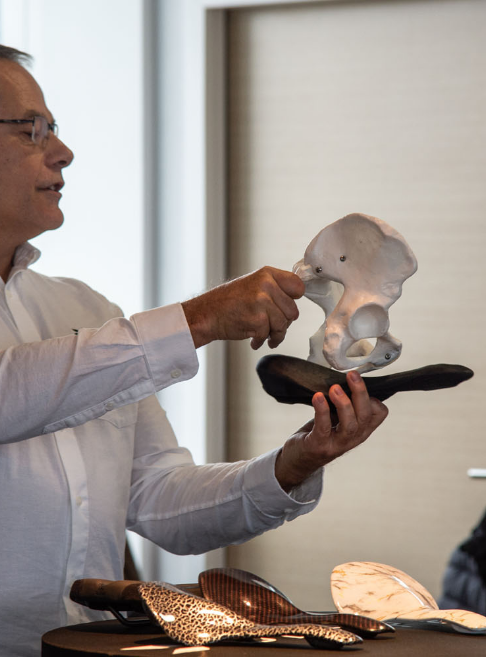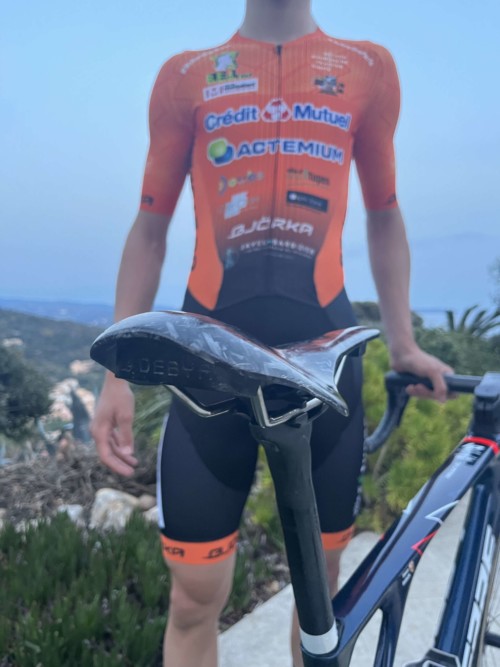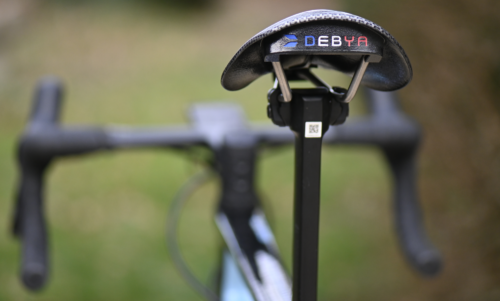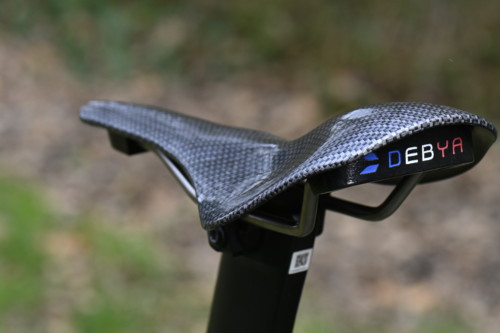
Why does a bicycle saddle hurt?
written
March 1
Reading
10 min.
Understand the causes and find solutions!
Cycling, whether amateur or professional, can be a great experience, but many cyclists face a common problem: pain associated with the bike saddle. Why can this small piece of equipment cause so much discomfort? Let's take a closer look at the factors that contribute to this unpleasant sensation, and discover some solutions to make cycling more enjoyable.

Pain factors
Anatomy and pressure
Human anatomy plays a crucial role in the way a bicycle saddle interacts with the rider's body. Pressure exerted on certain sensitive areas can lead to painful sensations, particularly in the perineum. What's more, incorrect positioning and adjustment can exacerbate these problems.
Materials and design
Most bike saddles are designed to offer a balance between comfort and performance, but the compromise isn't always perfect. Some materials can cause unpleasant rubbing, while unsuitable designs can increase pressure on critical areas.
Friction and irritation
Constant friction between the saddle and the rider's clothing can cause skin irritation. These problems can be exacerbated by adverse weather conditions, such as rain. How can I avoid chafing on my bike?
Traditional solutions
Over the years, cyclists have adopted a variety of methods to alleviate the pain caused by saddle soreness. These solutions include the use of padded shorts, the application of special creams and careful adjustment of position on the bike. However, these approaches don't always work for everyone.
Tailor-made solution: DEBYA saddle
Faced with the persistent challenges associated with bicycle saddles, some companies are committed to offering customized solutions. DEBYA stands out with its offer of custom-made saddles, aimed at maximizing comfort and minimizing inconvenience associated with saddle use. My DEBYA custom saddle.
The DEBYA manufacturing process
DEBYA uses a scientific approach to design bespoke saddles. Precise measurements are taken, taking into account the individual anatomy of each cyclist. This data is then used to create a saddle that perfectly fits the user's morphology. More specifically, the rider must be well positioned on the bike, or have undergone a postural study beforehand. Once these prerequisites have been verified, a dynamic recording of the cyclist's perineal envelope is made. To do this, an impression tray developed and patented by us is positioned on the cyclist's bike, which is itself placed on a home trainer. On this impression tray, we add an impression material (a silicone used in dental prosthetics, ensuring very high precision and lasting dimensional stability). The cyclist is invited to pedal during the polymerization phase, which lasts around 8 minutes. The impression is therefore global and dynamic. The resulting impression is then scanned using a 3D scanner. Using 3D design and CAD/CAM software, our technicians create the 3D saddle that corresponds perfectly to this impression. This saddle is then printed in high-performance polymer. This ideal material was chosen after more than 3 years of R&D, as it combines a certain flexibility for comfort with sufficient rigidity for performance.
The advantages of choosing a DEBYA saddle
Opting for a custom-made saddle from DEBYA offers several advantages. In addition to increased comfort, users report a significant reduction in pressure on sensitive areas, as well as improved overall performance.

Conclusion
Bike saddle pain can be a barrier to regular participation in this exciting sport. However, by understanding the underlying causes and exploring solutions such as custom-made saddles, cyclists can regain the pleasure of cycling without compromising their physical well-being.
FAQ
Investing in a custom-made saddle may seem expensive, but many cyclists feel it's well worth it. Reducing pain and improving comfort can transform the cycling experience and prolong enjoyment.
Optimizing your bike's configuration by adjusting the height and inclination of the saddle, as well as the position of the grips and pedals, is an essential first step in reducing pressure on the saddle. Incorrect saddle height can result in poor body weight distribution, accentuating uncomfortable pressure points. The inclination of the saddle also influences how your weight is supported, and careful adjustment can help minimize friction and rubbing. In addition, adjusting the position of the grips and pedals can influence how you position yourself on the saddle. Despite these useful adjustments, every cyclist has a unique anatomy, making it difficult to find a one-size-fits-all solution. This is where custom-made saddles, like those offered by DEBYA, come in. By taking into account the precise measurements of your anatomy, these saddles offer maximum customization, aimed at eliminating pressure points and creating a cycling experience truly tailored to your individual physiology. Don't wait any longer and create your own customized bike saddle.
Our other news
